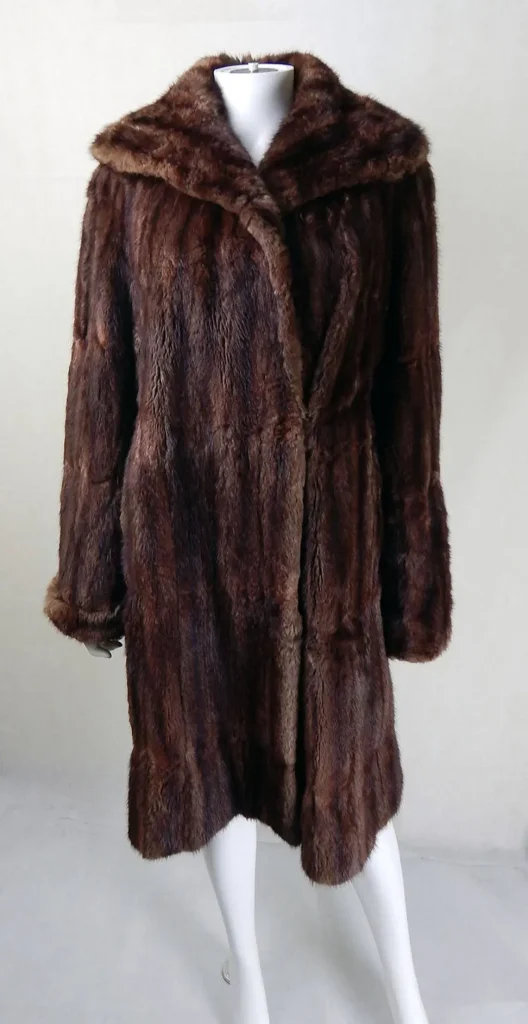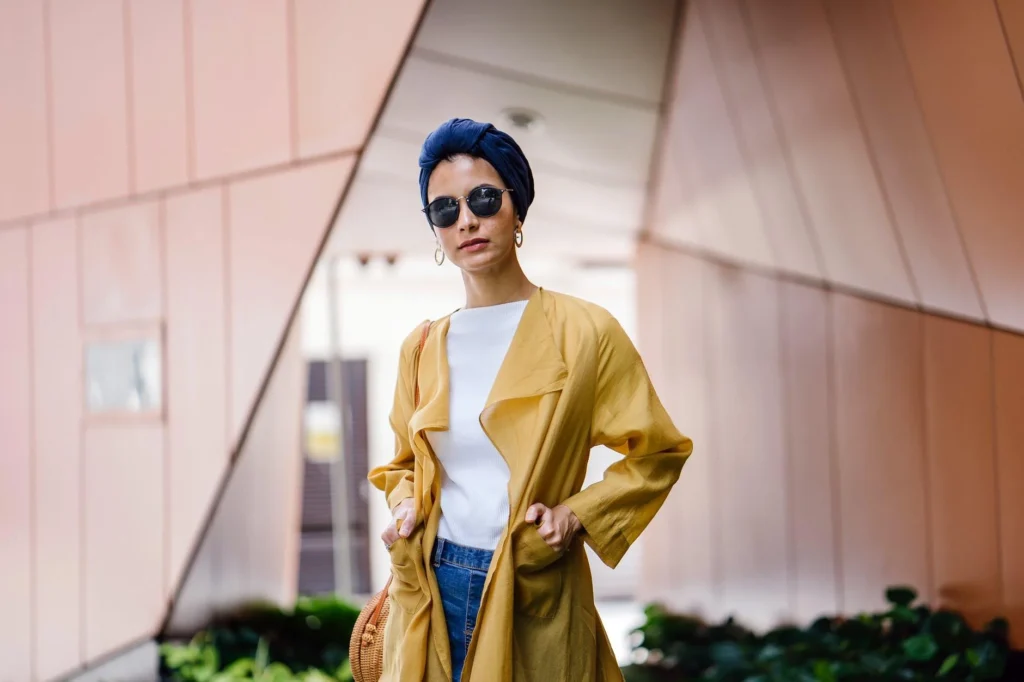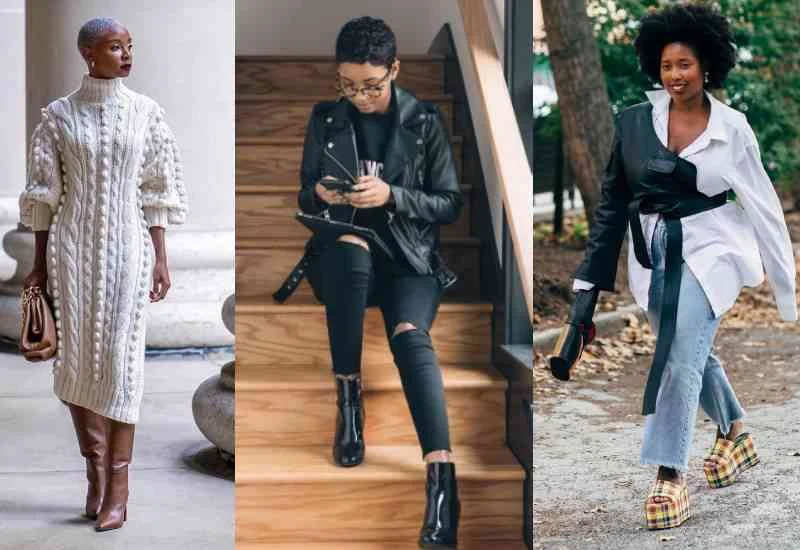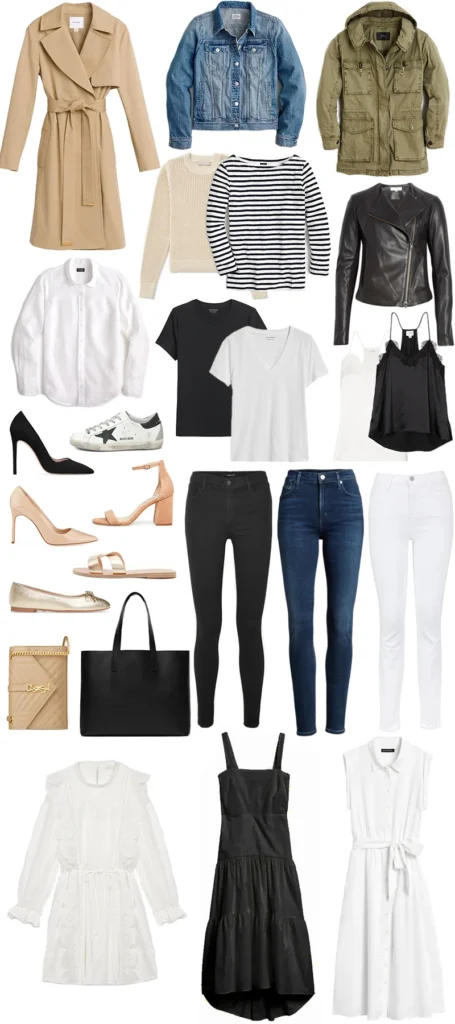Vintage fur coats are making a resounding comeback, captivating fashion enthusiasts and influencers alike with their timeless elegance and historical significance. As we witness a shift in fur fashion trends, these luxurious garments have found new life within Gen Z vintage style, showcasing a nostalgic appreciation for the past. Despite the faux fur controversy that has shadowed the fashion industry, vintage clothing resurgence has sparked renewed interest, with consumers seeking more ethical options that evoke the glamour of bygone eras. Fashion week fur highlights have featured both genuine and faux alternatives, illustrating the diverse ways vintage pieces can be styled today. With searches for “vintage fur coats” skyrocketing, it’s clear that this trend is not just a fleeting moment—it’s a cultural statement rooted in both heritage and modernity.
Fur outerwear from decades past is resurfacing, drawing attention from those who value its classic appeal and intricate craftsmanship. This fashion revival incorporates statements of sustainability and individuality, especially among younger generations who are redefining what style means in today’s environment. The allure of retro fur attire has influenced trends on social media, paving the way for vintage garments to take center stage in contemporary wardrobes. Through this lens, we can appreciate how traditional textiles can resonate in a time when ethical considerations are paramount. As society navigates the complexities of animal rights and environmental impact, the rediscovery of these luxurious pieces can lead to meaningful conversations about fashion’s role in our lives.
The Resurgence of Vintage Fur Coats in Modern Fashion
In recent years, vintage fur coats have become a prominent trend, captivating the attention of fashion enthusiasts and influencers alike. The longing for authentic, luxurious materials has led to a significant spike in interest, particularly among younger generations. Statistics show that Google searches for ‘vintage fur coats’ have surged by an astounding 688% since the beginning of 2023. This dynamic resurgence aligns with the broader revival of vintage clothing, where shoppers are increasingly seeking unique pieces that tell a story and offer a sustainable alternative to fast fashion.
The allure of vintage fur coats lies not only in their aesthetic appeal but also in their historical significance. As Gen Z embraces these stylish garments, they tread a fine line between nostalgia and contemporary ethics. The juxtaposition of vintage fur with modern sensibilities fosters a dialogue about sustainability and responsible consumerism. Vintage coats, with their rich materials and craftsmanship, offer a tangible connection to the past, making them emblematic of a fashion-forward yet conscientious choice.
Gen Z and Their Love for Vintage Fashion Trends
The youth of today, particularly Gen Z, have pivoted towards vintage fashion trends, making them the driving force behind the renewed popularity of styles that once seemed relegated to the past. On platforms like TikTok, videos showcasing vintage fur coats and styles from previous decades have seen a staggering increase in viewership, fueling a cultural phenomenon that celebrates individuality and unique personal style. Young people are increasingly aware of how their fashion choices reflect their values, empowering them to embrace vintage items that stand the test of time.
This embrace of vintage fashion also aligns with a desire to combat the challenges posed by fast fashion. By opting for vintage pieces, many Gen Z consumers are making a statement about sustainability, seeking to minimize their environmental impact while staying stylish. Moreover, the viral influence of personalities in the media, including various style icons, has further legitimized the vintage aesthetic, making it more desirable and accessible to a broader audience. As this demographic champions the old-school classics, they simultaneously reshape the narrative around fashion and its role in contemporary society.
Faux Fur Controversy: The Ethical Dilemmas of Modern Fashion
With the increasing awareness of environmental and ethical concerns in the fashion industry, the faux fur controversy has sparked heated debates among consumers, activists, and designers. While faux fur was initially celebrated as a cruelty-free alternative to its real counterpart, the reality of its plastic-based materials has raised alarm bells about sustainability. Critically, consumers, especially the younger generations, are grappling with the implications of plastic pollution and the carbon footprint associated with faux fur production.
Many in the fashion community have begun re-evaluating their choices, leading to a growing inclination toward vintage fur as a viable option. Vintage furs, which come from a time before contemporary ethical standards were established, offer a unique solution that allows consumers to indulge in luxury without compromising their values. The ongoing dialogue around fur, both real and faux, serves as a reminder of the complexities present in our fashion choices, encouraging an informed and thoughtful approach to how we navigate style in a modern, conscientious way.
Fashion Week Fur Highlights: The Revival of Luxury
Fashion weeks across the globe have recently showcased an undeniable resurgence in the use of fur, positioning it once more at the forefront of luxury fashion. The Fendi centenary show, which prominently featured fur elements, demonstrated that this timeless material still holds significant sway in the industry’s narrative. The presence of fur in various presentations, whether genuine or faux, highlights a larger trend of reintroducing classic styles into contemporary collections, often enveloped in rich cultural commentary and artistic expression.
In a world constantly debating the ethics of fur usage, these high-profile fashion moments serve to normalize its appearance and elevate it beyond mere controversy. Designers are now tasked with balancing artistic expression with consumer values as they embrace the elegance and sophistication that fur represents. The intricate craftsmanship involved in these pieces reminds fashion enthusiasts of the beauty inherent in both vintage and modern interpretations of fur, highlighting its status as a staple of luxury in a time where sustainability is paramount.
The Role of Influence in Reviving Vintage Fashion
In the age of social media, the role of influencers has become increasingly pivotal in shaping fashion trends and consumer preferences. The Kardashian/Jenner family, in particular, has maintained an unparalleled impact, with their affinity for vintage coats significantly influencing Gen Z’s fashion choices. By showcasing vintage fur looks on their highly followed platforms, they have effectively revived interest in this once-controversial style, encouraging a wave of followers to seek out vintage fur pieces that resonate with their aesthetic.
This form of influence extends beyond mere aesthetics; it serves as a gateway for younger audiences to engage with fashion in a more meaningful way. As trends cycle rapidly, influencers are leveraging their platforms to tell stories, educate consumers about ethical fashion, and inspire a reconceptualization of vintage items. The impact of such influential figures cannot be understated, as they play a crucial role in redefining the narrative around vintage fashion while capturing the hearts of a new generation.
The Shift in Perception: Fashion and Ethical Choices
The shifting perception of fur, particularly among younger consumers, highlights a significant transition in how society views ethical choices within fashion. Previously marked with stigma pertaining to animal rights and environmental concerns, the acceptance of vintage fur seems to escape the moral quandary faced by its contemporary alternatives. Many Gen Z consumers have embraced the idea that vintage pieces can offer a sustainable and ethical alternative to newly manufactured items, thereby redefining their relationship with luxury fashion.
This newfound appreciation for vintage is not simply about aesthetics; it reflects a broader understanding of the fashion landscape. Today’s consumers are more knowledgeable about the implications of their fashion choices and strive to align their purchases with their values. This means that vintage fur coats, with their storied pasts and absence of current cruelty issues, are increasingly seen as a fashionable choice that transcends ethical dilemmas, allowing individuals to express their style while staying true to their beliefs.
The Vintage Fur Coat as a Symbol of Status and Confidence
As vintage fur coats make a comeback, they are not just seen as fashionable items; they symbolize status and confidence. Reflecting the glamorous aesthetics showcased in classic media, much like Carrie Bradshaw’s iconic ensemble, these coats provide wearers with a sense of empowerment and allure. The way a vintage fur coat can elevate an outfit speaks volumes, making it a desirable statement piece for those who seek to exude sophistication and self-assurance.
On platforms like TikTok, young people are sharing their experiences with vintage fur, often highlighting the boost in confidence they feel when donning these luxurious pieces. The blend of nostalgia, luxury, and individuality resonates deeply, creating a community that embraces the emotional and aesthetic value of wearing something that is both stylish and steeped in history. Ultimately, vintage fur coats are not merely about looks; they embody a deeper connection to personal identity and expression in a rapidly evolving fashion landscape.
Exploring the Aesthetics of Vintage: More than Just Fashion
The aesthetics of vintage fashion, particularly with items like fur coats, go beyond mere trends; they encapsulate a longing for authenticity and heritage. Each vintage piece carries its own narrative, reflecting the style, culture, and craftsmanship of the time it originated from. As consumers dive into the world of vintage clothing, they are not just purchasing garments but participating in a rich tapestry of history that influences their contemporary identities.
In the context of vintage fur, the appeal lies in embracing textures that cannot be replicated by modern materials, offering a tactile experience that resonates with many fashion enthusiasts. This appreciation for uniqueness and rarity distinguishes vintage from the mass-produced options available today and fosters a deeper connection between wearers and their clothing. As the vintage movement continues to grow, it calls into question the values we place on fashion, driving a conversation about the significance of historical context in our modern wardrobes.
The Fashion Industry’s Response to Evolving Norms
The fashion industry is tasked with navigating evolving norms and consumer values, especially as discussions around fur and ethical fashion intensify. Designers are continually challenged to find a balance between artistic expression and the growing demand for sustainable practices. The reintroduction of vintage fur into contemporary collections presents both an opportunity and a challenge, as it requires brands to confront the criticisms of animal rights activists while still catering to a luxury market.
As industry leaders respond, innovative solutions are emerging, blending traditional craftsmanship with modern ethical considerations. This dialogue reflects a broader trend within the fashion world, where sustainability and consumer consciousness have become paramount. By fostering transparency and accountability in their sourcing, fashion brands can not only thrive in this changed landscape but also contribute to redefining luxury in ways that honor both style and ethical standards.
Frequently Asked Questions
What are the current fur fashion trends regarding vintage fur coats?
Current fur fashion trends indicate a significant resurgence in vintage fur coats, particularly among younger generations like Gen Z. Influenced by social media and celebrities, there’s a spike in interest surrounding vintage fur due to its unique style and perceived ethical advantage over new fur.
How is Gen Z influencing the resurgence of vintage fur coats?
Gen Z is driving the resurgence of vintage fur coats by embracing unique, nostalgic fashion pieces. They often showcase these styles on platforms like TikTok, resulting in increased interest and searches for vintage fur coats, illustrating a shift towards reclaimed luxury in their wardrobes.
What controversies surround faux fur and vintage fur coats?
The faux fur controversy primarily stems from its plastic composition and environmental impact, leading many consumers to reconsider vintage fur coats. Vintage options are now viewed as ethically preferable, as they do not involve new animal harm and help reduce waste in fashion.
Are vintage fur coats making a comeback in the fashion industry?
Yes, vintage fur coats are making a notable comeback in the fashion industry, celebrated during recent fashion weeks. Designers are incorporating both vintage and faux fur into their collections, appealing to a new generation that appreciates historical fashion while being mindful of ethical concerns.
What sparked the spike in searches for vintage fur coats?
The spike in searches for vintage fur coats, which reportedly increased by 688% since January 2023, can be attributed to various factors including TikTok trends, celebrity endorsements, and a desire among younger consumers for sustainable, retro fashion that feels both chic and ethically sound.
What role do fashion shows play in the popularity of vintage fur coats?
Fashion shows play a significant role in the popularity of vintage fur coats by exposing audiences to high-fashion interpretations of fur. Recent events, especially at Milan and London Fashion Weeks, have featured vintage fur prominently, leading to increased demand and aspiration for such pieces among consumers.
How have vintage clothing resurgences impacted perceptions of fur fashion?
The resurgence of vintage clothing has positively impacted perceptions of fur fashion, allowing vintage fur coats to be viewed as trendy and sustainable. As young people embrace vintage styles, they often overlook the stigma of fur, seeing it instead as a bold fashion choice that reflects personal style.
What factors contribute to the renewed interest in vintage fur coats among young consumers?
The renewed interest in vintage fur coats among young consumers can be attributed to a mix of nostalgia, celebrity influence, a rebellion against anti-fur stigma, and the current thrift culture, making these distinctive pieces accessible and fashionable once more.
| Key Point | Details |
|---|---|
| Cultural Reference | Carrie Bradshaw’s iconic fur coat scene in Sex and the City, representing an aspirational lifestyle. |
| Changing Attitudes Towards Fur | Increasing anti-fur sentiment led to major fashion houses banning real fur, with significant figures like Kim Kardashian promoting faux fur. |
| Re-emergence of Vintage Fur | A rise in interest for vintage fur coats among Gen Z, attributed to nostalgic aesthetics and social media influence. |
| Social Media Impact | TikTok videos surrounding vintage fur coats increased by 243%, indicating a resurgence in popularity. |
| Young People’s Perspectives | Younger generations embrace vintage fur as a cultural statement, feeling a sense of confidence and swagger when wearing it. |
| Debate on Ethics | The vintage fur debate raises questions about animal rights versus the revival of a fashion trend. |
Summary
Vintage fur coats have seen a remarkable resurgence, captivating the attention of a new generation. Once shunned due to ethical concerns surrounding real fur, these garments are now celebrated for their style and nostalgic charm. Influenced by cultural icons and social media trends, particularly among Gen Z, vintage fur coats are not just a fashion statement; they represent a reclamation of past styles with a fresh, modern perspective. As young people embrace these coats, they embody a blend of luxury, individuality, and a nuanced conversation about sustainability in fashion.




